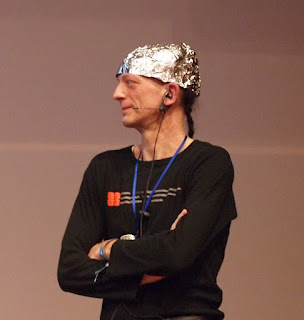Special Report: Japan's Baffling Vaccine Failure
If I were at home in California right now, I would be fully vaccinated against COVID-19. The state is awash in vaccines. Increasingly this is the case across the United States, where in the near future anyone who wants to be vaccinated will be.
But I’m in Japan, where a significant new COVID-19 wave appears to be accelerating, and I have no idea when my turn will come. All I know for sure is it won’t be anytime soon—even though my age (over 65) is said to qualify me for a fairly early dose.
Japan’s vaunted public health system is for real, and people have exceedingly healthy lifestyles here. Lifespans are longer than in all but two other countries.
Unlike the U.S., UK, and much of Western Europe, Japan has done a better job controlling the coronavirus than its industrial peers. Cases and deaths have been way lower.
All that is coming undone, or threatens to unravel, as a new surge in cases leaves the healthcare system in danger of collapse in major urban areas. Meanwhile, a ”glacial” vaccine rollout means that the nation’s otherwise exemplary handling of the pandemic—until recently, anyway—could go for naught. (The U.S. state with the worst rate of shots in arms has 40 times more people vaccinated, relative to population, than Japan.)
The Japanese public is not happy with the situation, to put it mildly. The ruling party lost three seats in off-year special parliamentary elections, and polls show widespread dissatisfaction with the vaccine delay.
There are modest signs that governments—national and regional—are feeling the heat enough to act more firmly. It’s possible if not likely that the current surge will be brought under control, though the daily numbers—still relatively modest by the catastrophic U.S experience (much less India’s meltdown)—are scary as more contagious variants spread in a nation of densely populated islands.
But the vaccines, which are not yet completely administered even among healthcare workers, seem to be a fast track to nowhere. According to the Johns Hopkins tracker, only 0.79% of Japanese have been vaccinated. For comparison, the United States is at 29.39% and Singapore is at 14.9%. For a nation that can be among the planet’s most efficient in some arenas, the combination of bureaucratic rigidity, political incompetence, and wishful thinking has been almost shocking.
There are many reasons for the lack of progress, not least a requirement that vaccines be tested on Japanese people inside Japan. Given the low rate of infection, that was difficult from the start. But the nation has a longstanding case of vaccine hesitancy as well, something the government doesn’t seem to be challenging strongly even now.
The government’s preoccupation with putting on the Summer Olympics in Tokyo, postponed from 2020, makes its vaccine lapses all the more amazing. If there was one way to assure that the event could go on in a remotely smooth fashion, it was to have vaccinated as much of the nation as possible ahead of time.
When it comes to controlling the new outbreak, which is worst in the Osaka region, I sympathize with political leaders over the dilemmas they face. Scientists are telling them to extend a state of emergency longer than what the government has decreed, but scientists don’t have to weigh the impact on the already struggling economy in a country that is in more debt, relative to its GDP, than any other major nation. Big money is at stake in the Olympics as well, not just the government’s pride (an overwhelming majority of Japanese citizens want the Olympics to be postponed again or canceled outright).
My sympathies disappear when I watch the vaccine mess. Despite being an industrial country with a superb medical system, vaccine manufacturing has fallen by the wayside in recent decades. Since the pandemic began, two successive administrations, headed by former Prime Minister Shinzo Abe and now Yoshihide Suga, were at best complacent about ordering vaccine doses, much less organizing their distribution and administration.
Millions of doses have finally arrived, if news reports are to be trusted, but if there’s a well-fashioned national strategy for getting shots in arms, I don’t know what it is. Local and regional governments are expected to take care of it, and the result is a messy hodge-podge of policies amid a general absence of the actual vaccines. In the city where I’m living, confusion reigns.
If the country had continued to weather the pandemic without serious outbreaks, this would have been much less worrisome. But as more contagious and lethal variants spread in the Osaka region, and are making inroads in Tokyo and the rest of the country—and as the public gets wearier of the restrictions they’d willingly accepted for months—the risks are climbing every day.
So the race is on. Will Japan tamp down the current outbreak soon and long enough to get the breathing room it needs while the halting vaccination process gathers momentum? Increasingly, I think it’s going to be a very, very close call.
Image by Corona-zona



